Legend: Amidst the many who populated the galaxy of dancing stars of the 1960s Tamil screen, Kamala Laxman was a bit different. She wasn’t the most beautiful nor the most glamorous, but my mother, who had seen her performances on stage when she was young, had already built her up into a legend. One holiday I found myself looking at a photo spread of her with her dance teacher and choreographer in a Tamil magazine. She was depicting various poses and moments as she translated the words of a lyric into movement. Even my child’s eye could see that this was a class act. The simplest and most hackneyed pose had that most elusive of all qualities – grace. Some very subtle adjustment of attitude or gaze, which I couldn’t analyse, gave even the static, not very well printed monochrome image a shimmering dynamic: a still moment that forever seemed to be in motion.
Greats: Michael Jackson and Fred Astaire – dance moments. Enough said.
Inspiration: While reading for a degree in English Literature, I came to love these words penned by TS Eliot in his poem The Four Quartets: “At the still point of the turning world. Neither flesh nor fleshless;/ Neither from nor towards; At the still point, there the dance is,/ But neither arrest nor movement. And do not call it fixity,/ Where past and future are gathered. Neither movement from nor towards,/ Neither ascent nor decline. Except for the point, the still point,/ There would be no dance, and there is only the dance.”
Wonder: The first contemporary dance performance that I saw was at the old Sadler’s Wells, probably in the late eighties. It was by Rambert Dance company and one for the dance works was a duet of a man and a woman. I was on the edge of my seat – I don’t know quite why. The intensity of it was gripping and I was struck by the fact that movement alone had made an eloquent and emotional narrative without the need for a story or lyrics.
Unison: When I was working in Beijing, I used to pass a park which had a group of people performing Tai Chi. It looked a great way to start the day. Dancing together is a priceless human activity. Most Indian classical dance is a solo activity and unison is most often reserved for Bollywood. Working with dancers in Beijing, I noticed how easily they danced in unison even when the movement was detailed and complex. They seemed to read and deliver movement as an entity. Unison is a very powerful tool.
Young talent: It was very rewarding being a judge for BBC’s Young Dancer competition. The generosity and affection of the competitors towards each other was heart-warming. The buzz backstage has to be experienced to be believed. A wonderful example of all that is best about dance.
Theresa May: I would have loved to have choreographed her entrance to the Conservative party conference. Is not often that a European politician uses dance to make a point.
Learning: I learned bharatanatyam for many years in Chennai in the traditional way - at the home of guru Valluvoor Samraj Pillai. It was taught one to one in a small room overlooking a road. Like many older buildings, the windows had bars going across. One summer we often saw the head of a small girl at the window. She would be clinging on for dear life, her unkempt hair rising like a halo around her face. Her feet were off the ground and rested on a tiny ledge below the window. We gradually realised that she was practising the steps that she saw through the bars; her face absolutely determined with concentration while she repeated the syllables that the teacher used to conduct in the lesson inside. We decided to ask her in and she astonished us all by doing a perfect sequence from the rep. It transpired that her parents worked on a nearby building site carrying sand on baskets up and down the fragile bamboo ladders - hard work in the hot Chennai sun. This little girl who was barely five or six years was obviously so talented in dance. Her motivation was astounding. Sadly, she moved on when the building was completed and I never saw her again.
Creation: Choreographing for sites where dance meets the audience away from theatres is something I enjoy. One of the most fascinating proposals I was offered was to choreograph cranes in Dublin. It was the idea of Michael John Gorman who was the then director of the science gallery in Dublin. My idea was to get all the numerous cranes in Dublin to stop working for an hour and only do choreographed movements together. I spent a day at a construction school in Norfolk learning about the types of cranes. Sadly, the financial crisis hit us and all the cranes moved to Dubai.
Encounter: Meeting Chennai-based choreographer Chandralekha and seeing her work, I was struck by her political vision for the body – a powerfully articulated body that was both contemporary and Indian.
Award-winning choreographer Shobana Jeyasingh celebrates her company’s 30th anniversary this year with new dance production Staging Schiele, which premieres Dance East in Ipswich, October 18 & 19 and has the London premiere at Southbank Centre’s Queen Elizabeth Hall, November 4 & 5.
www.shobanajeyasingh.co.uk

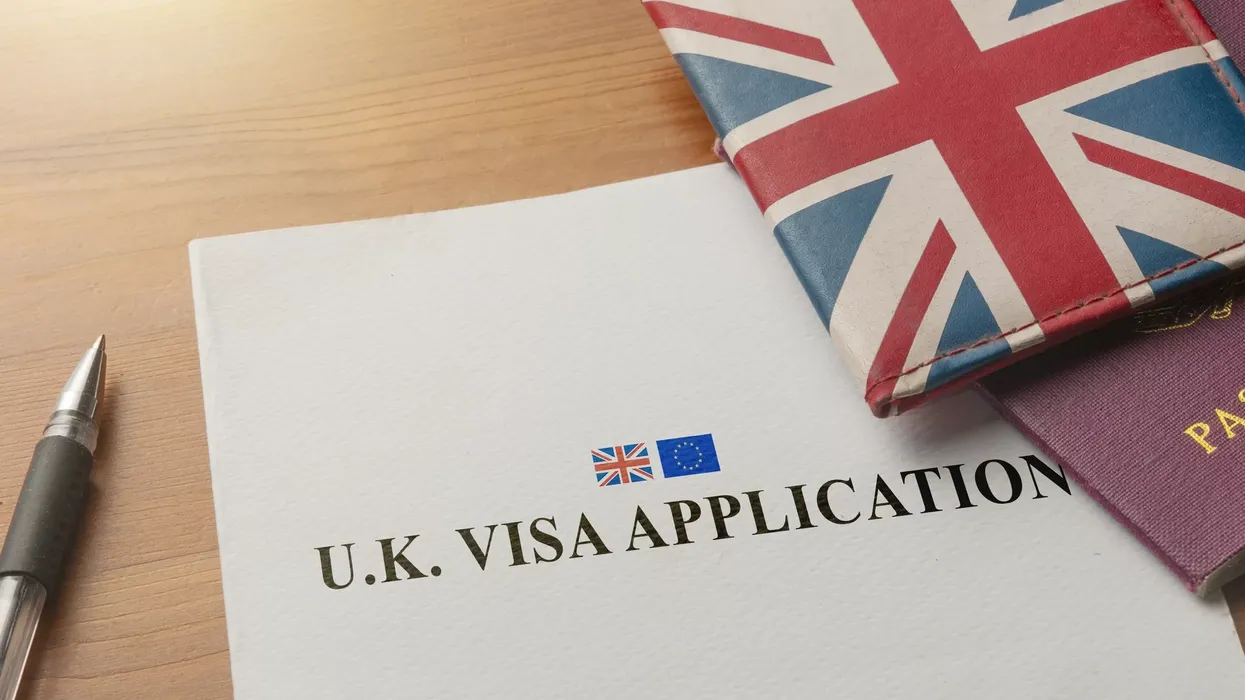
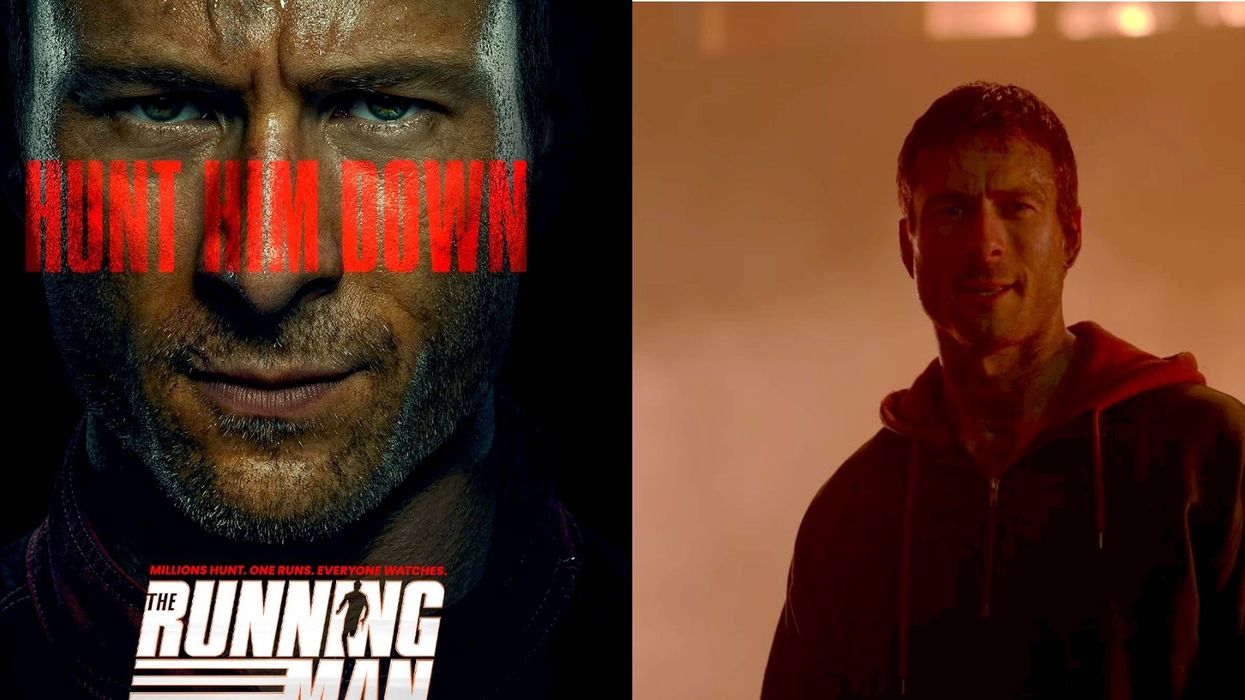


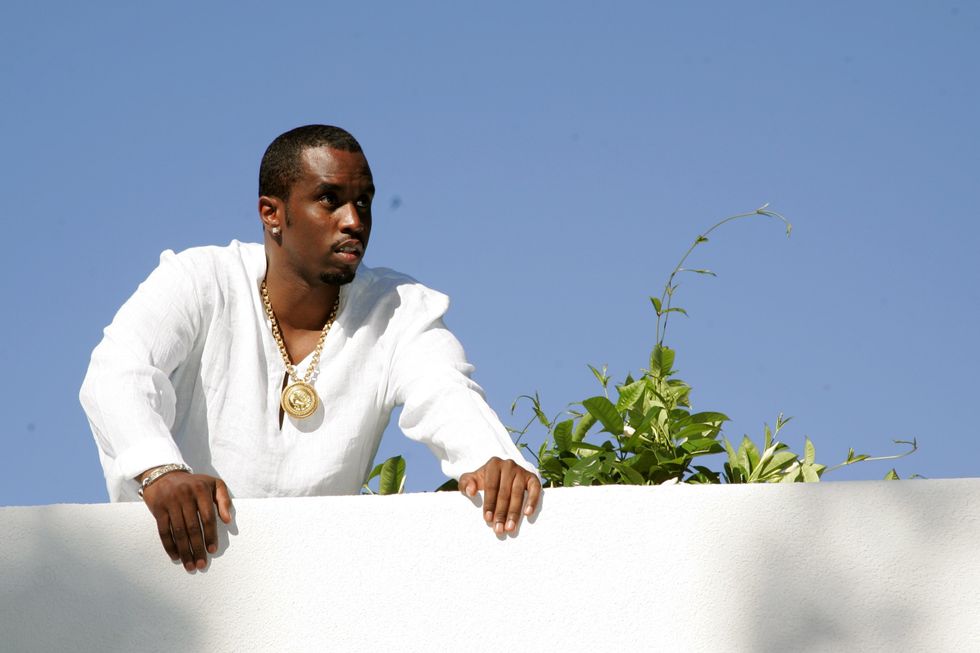 Diddy trial jury raises alarm over juror and demands key witness testimoniesGetty Images
Diddy trial jury raises alarm over juror and demands key witness testimoniesGetty Images 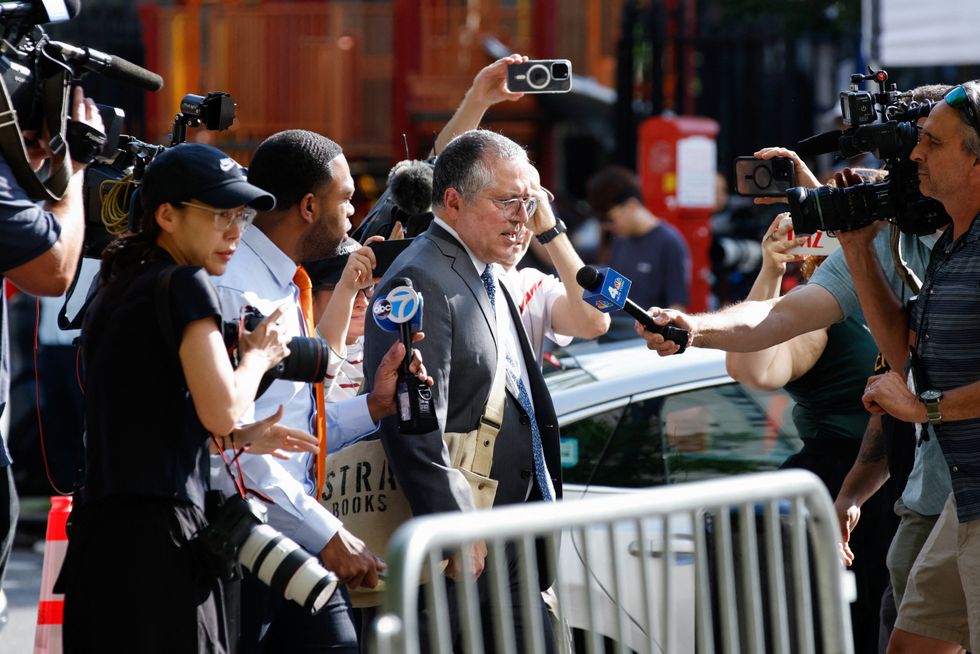 Marc Agnifilo, attorney for Sean "Diddy" Combs, arrives at federal courtGetty Images
Marc Agnifilo, attorney for Sean "Diddy" Combs, arrives at federal courtGetty Images 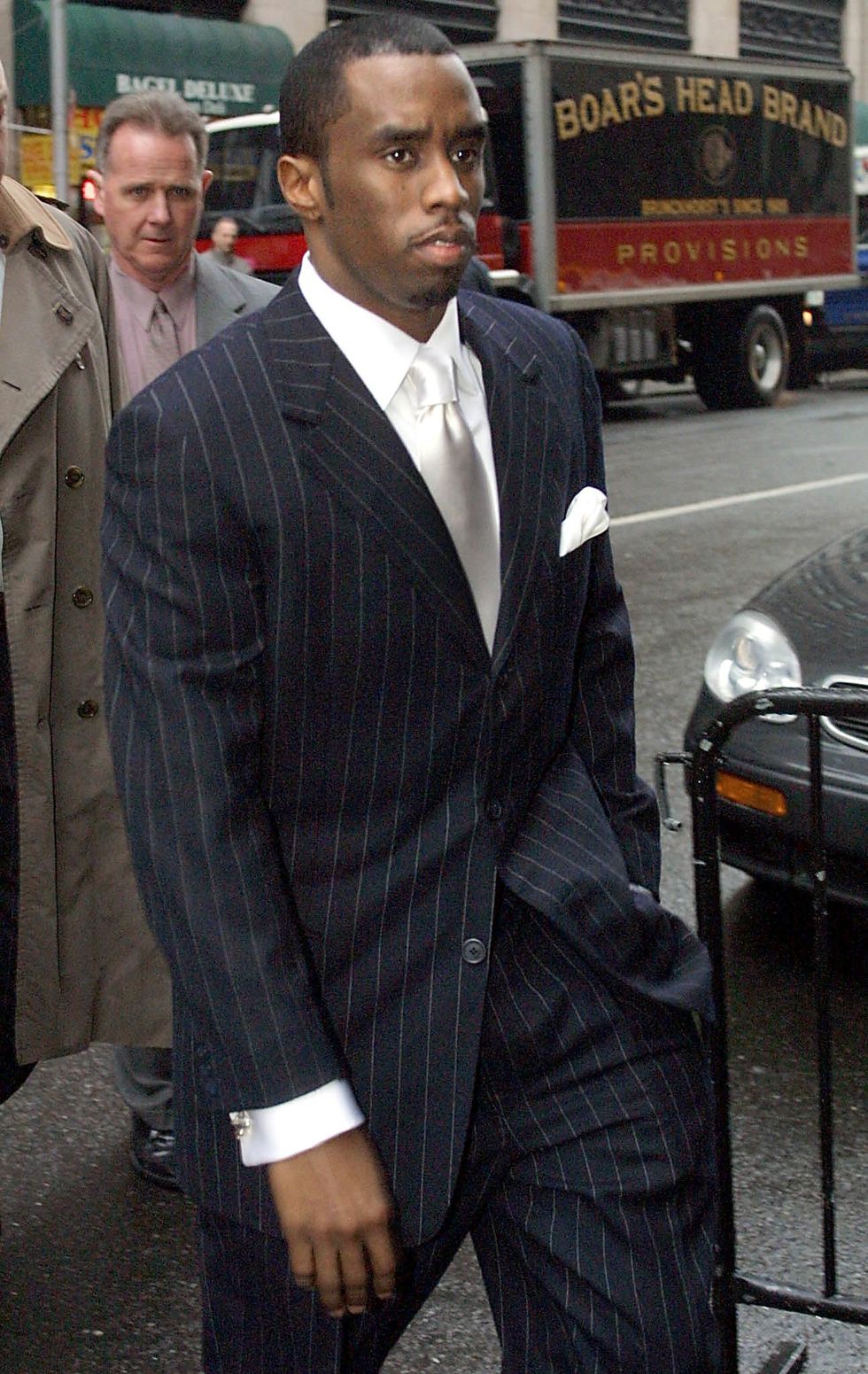 Sean 'Puffy' Combs arrives at Manhattan Supreme Court in 2001Getty Images
Sean 'Puffy' Combs arrives at Manhattan Supreme Court in 2001Getty Images










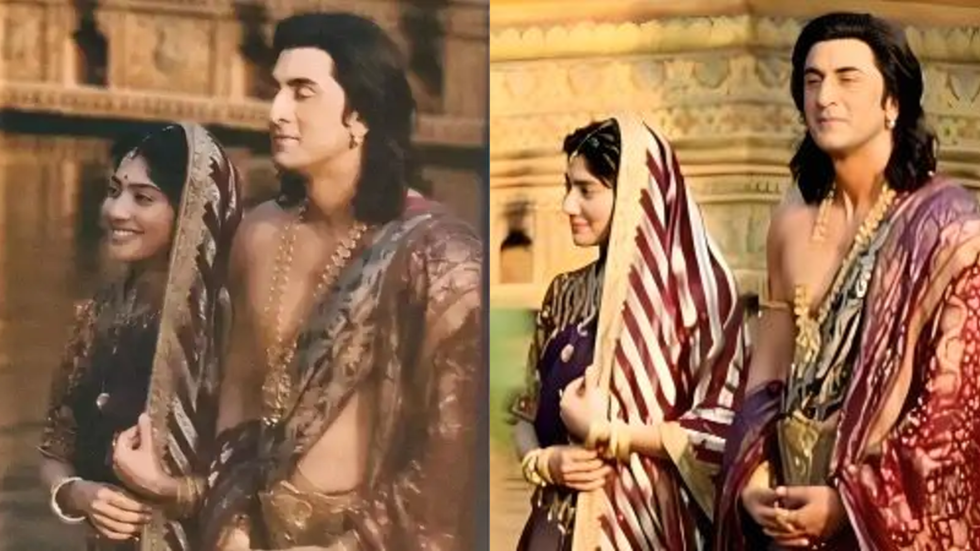 Producer Namit Malhotra reveals how AI will make Ramayana resonate globally with native-language realism IMDB/Reddit
Producer Namit Malhotra reveals how AI will make Ramayana resonate globally with native-language realism IMDB/Reddit 
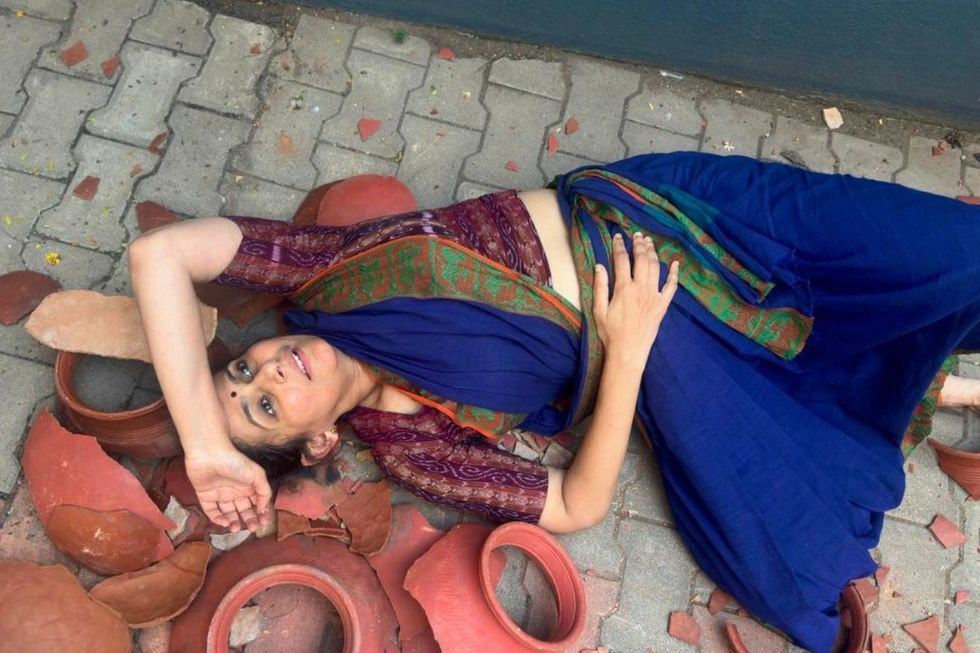 Vidya Thirunarayan in Holy Dirt brings myth and ritual into raw physical form The Clay Connection
Vidya Thirunarayan in Holy Dirt brings myth and ritual into raw physical form The Clay Connection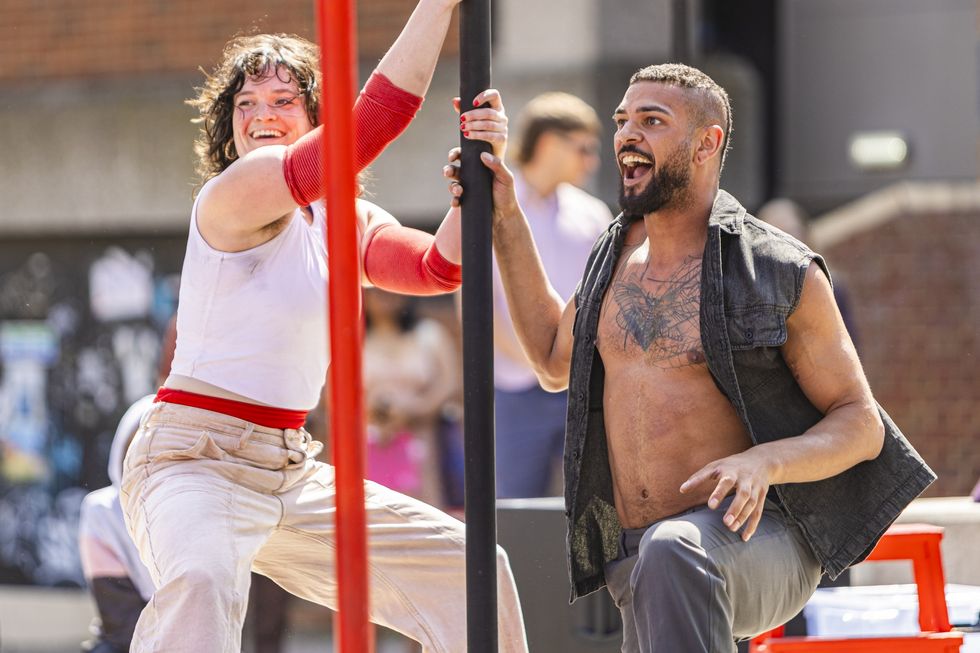 Sadiq Ali's pole performance explores HIV stigma with athletic graceLuke Whitcomb
Sadiq Ali's pole performance explores HIV stigma with athletic graceLuke Whitcomb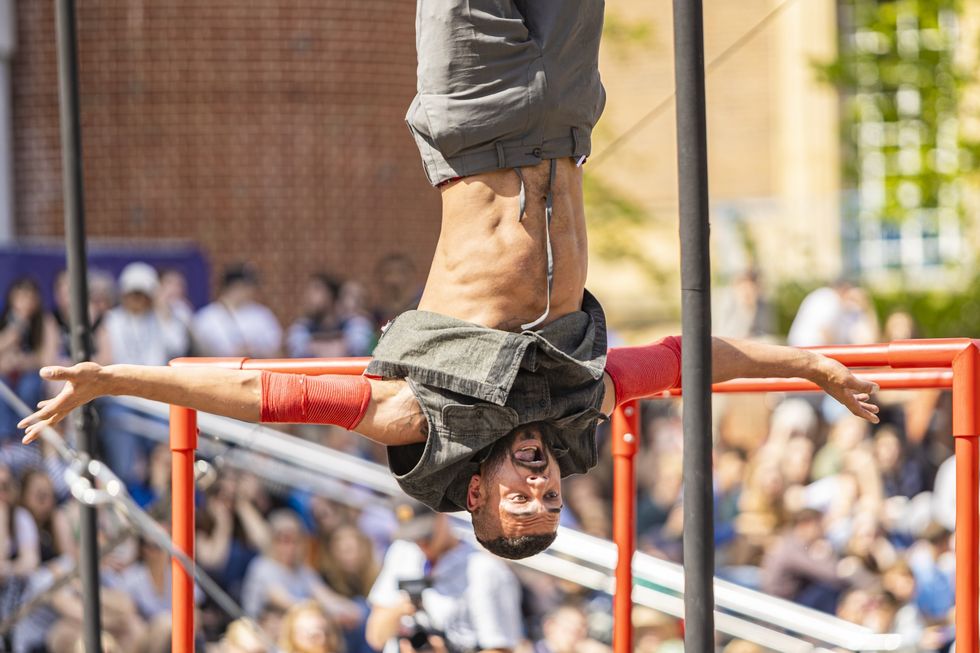 Sadiq Ali delivers a daring upside-down act in his powerful show Luke Whitcomb
Sadiq Ali delivers a daring upside-down act in his powerful show Luke Whitcomb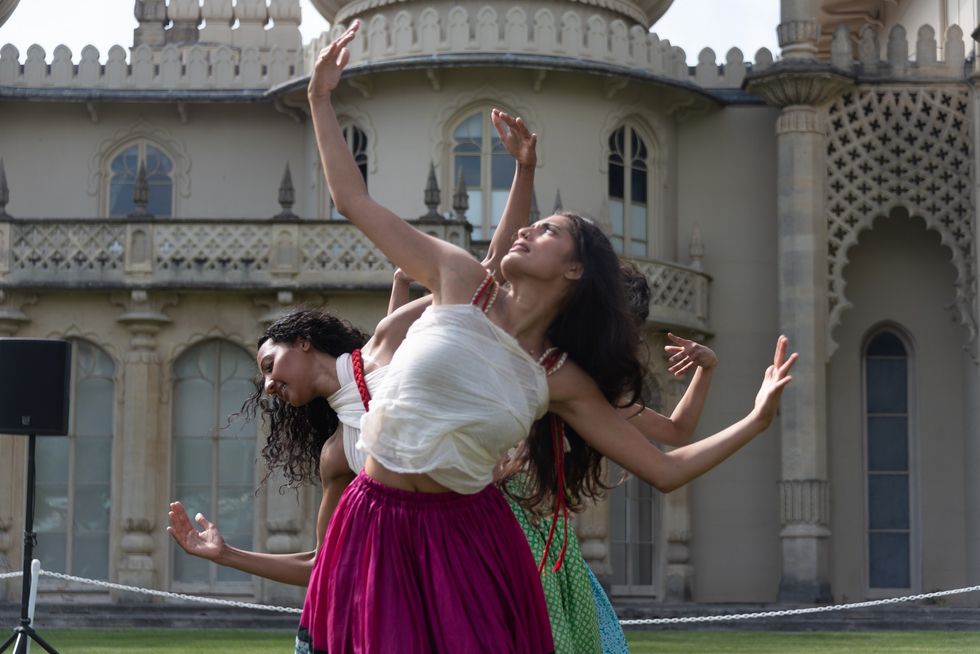 Dancers in Nandita Shankardass’s Roots to Rise connect movement with memoryJohn Evans
Dancers in Nandita Shankardass’s Roots to Rise connect movement with memoryJohn Evans
 People's Bulletin boardICYMI
People's Bulletin boardICYMI